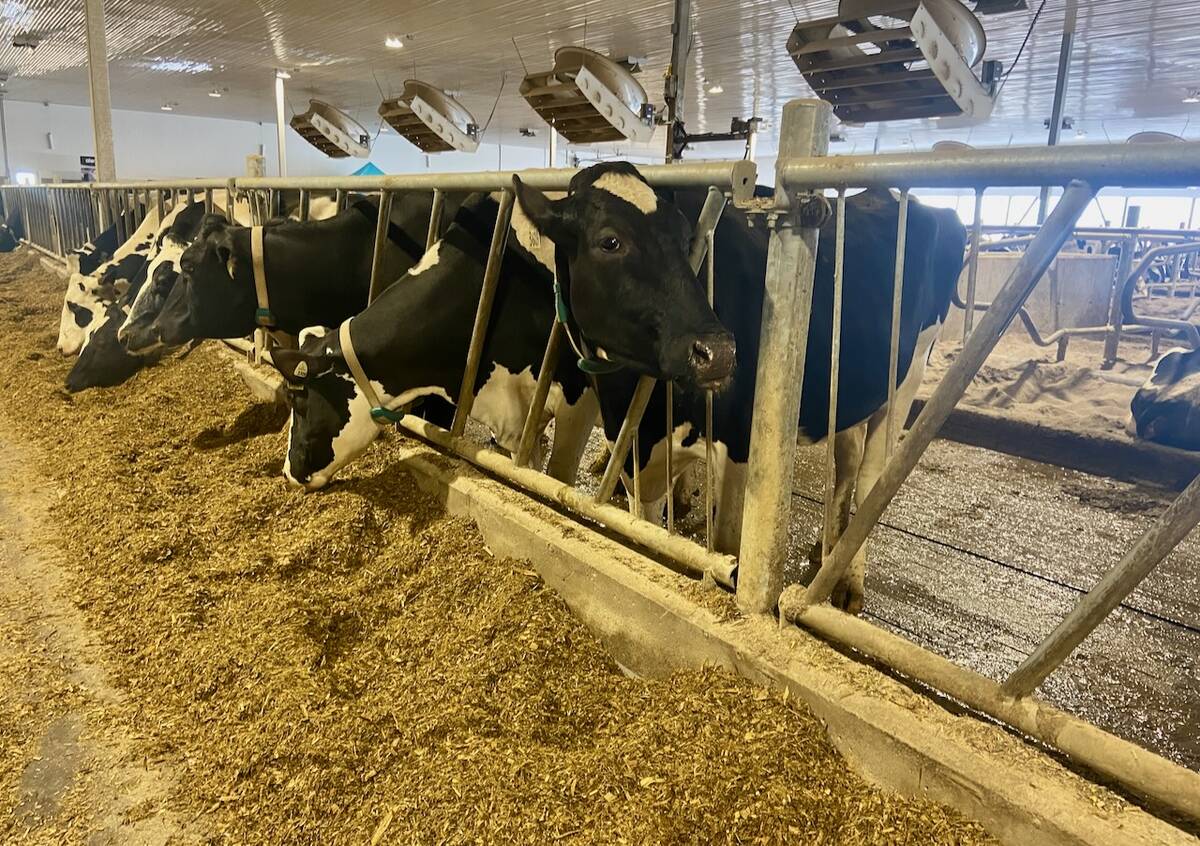CALGARY – After living through the worst flood in 100 years, farmers and ranchers in southern Alberta are beginning to assess how badly they were hurt by swollen, angry rivers last week.
Property losses have yet to be assessed. Steve West, minister responsible for disaster services, predicts the damage will be in the millions of dollars.
The province may turn to the federal government to help pay for losses.
While most property owners carry insurance, policies don’t usually pay out for floods, which are considered acts of God. However senior government officials are meeting with insurers to seek their co-operation in processing claims quickly.
Read Also

U.S. farm group supports supply management
U.S. grassroots farm advocacy group pushing new agriculture legislation that would move towards supply management like Canada has for dairy industry
Government compensation cheques to help the most severely hurt should be mailed by July, West said.
Daily living in the southwest region of the province has been disrupted with power outages because rural power lines were swept away in the torrent of waters from the Oldman and Waterton Rivers as well as overflowing creeks and tributaries. Wells are gone, septic tanks are backing up and basements are flooded, said Bob Lyons of Alberta Agriculture.
Lyons, who farms near Pincher Creek, said he escaped serious damage but some neighbors in low areas were not so lucky.
“Anybody living along a creek or river was pretty hard hit,” he said.
Rain started at 2 a.m., June 6 and by 8 p.m. that same day, 10 centimetres had fallen on land that was already saturated by 20 to 30 centimetres of rain coming in the last seven weeks, said Lyons.
Many animals lost
Reports said the Oldman River rose about one metre in one hour.
Lyons estimates a lot of livestock was lost and some roundups started over the weekend to recover animals. Most of those losses were small, confined animals like pigs in a barn or sheep and goats penned in corrals. Some cattle and horses were also swept away or drowned in the high water.
Fields, depending on the gradient of the creek or river, are covered with silt and debris, although most logs and dead animals were carried down river towards Monarch, Lethbridge and Medicine Hat.
Big clean-up operation
“Some areas in the flood plain you wouldn’t recognize it as being a farm field anymore. Full of logs, full of silt. Full of water. It’s a real mess. You wouldn’t know where to start cleaning it up,” he said.
In the Medicine Hat area, Dave Spencer of Alberta Agriculture said few reports of farm damage have come in so far. Irrigation equipment in some areas was lost in the flood, but for many, there was ample time to move livestock and machinery before the waters cascaded over riverbanks and across the flatlands, said Spencer.
Government officials are meeting with southern Alberta municipalities and have set up a toll-free number for people needing information on compensation, insurance or other disaster recovery services.
The help line is 1-800-883-5511.
Disaster recovery offices have been set up in High River, Fort Macleod, Crowsnest Pass, Lethbridge, Pincher Creek and Medicine Hat.















